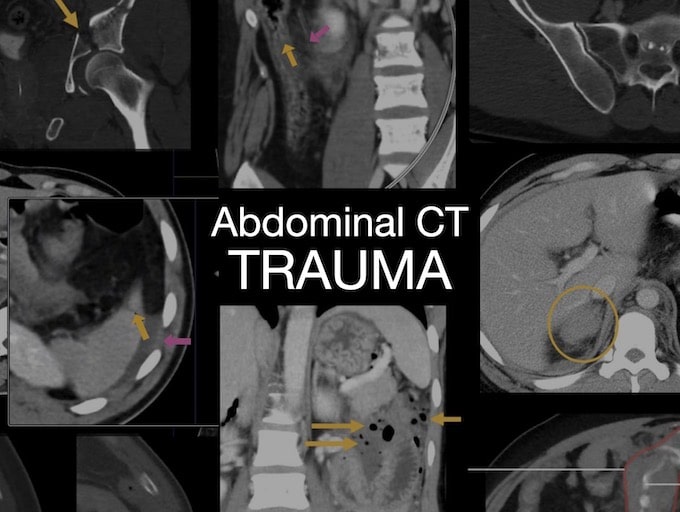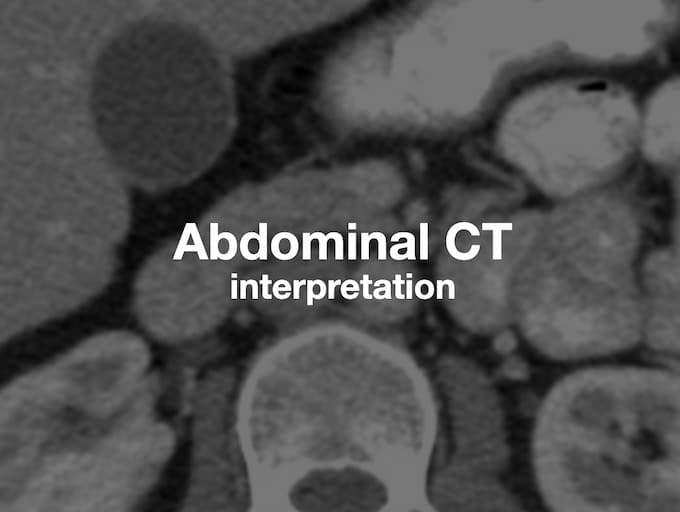
Abdominal CT: solid organ injuries
Abdominal CT: Trauma series. Solid organ injuries. Trauma is a leading cause of death worldwide and it has two broad classifications: Blunt and penetrating

Abdominal CT: Trauma series. Solid organ injuries. Trauma is a leading cause of death worldwide and it has two broad classifications: Blunt and penetrating

Abdominal CT: Identifying intestinal ischaemia. Mesenteric ischaemia can be visualised on CT through examining blood vessels and the bowel

Abdominal CT: Identifying intestinal ischaemia. Mesenteric ischaemia can be visualised on CT through examining blood vessels and the bowel

Abdominal CT: cholecystitis. Cholecystitis is inflammation of the gallbladder commonly caused by an obstruction of the cystic duct by a gallstone

Abdominal CT: Spotting renal infections. Pyelonephritis infection of the urinary tract starts in the bladder involving the kidneys through the ureters

Abdominal CT: renal stones. Renal stones are hard deposits that form in the kidney. They can move down the urinary tract, causing obstruction and pain as well as blood in the urine.

Abdominal CT: pancreatitis. Recognizing acute necrotizing pancreatitis; and late stage development of pseudocysts and walled-off necrosis

Abdominal CT: bowel perforation. Perforation of the gastrointestinal tract can be due to a variety of causes.

Abdominal CT reporting: The basis of both image review and reporting is that of a search pattern.

Abdominal CT: The bones are often one of the last items on the reporting checklist for abdominal CT, but they still deserve our careful attention.

Abdominal CT: body wall. Evaluating the body wall - Musculature, Subcutaneous fat and skin

Abdominal CT. Evaluating for abnormal or enlarged lymph nodes is an essential part of any abdominal CT, particularly when staging cancer.